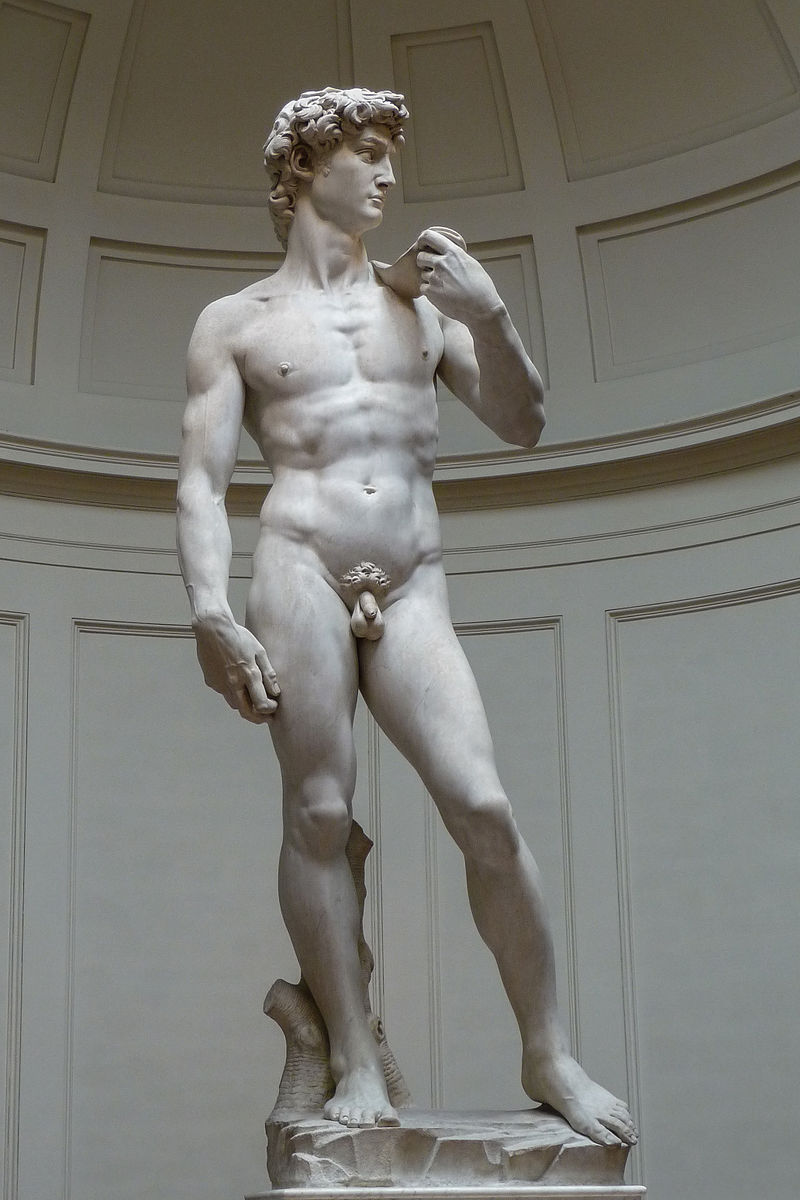Since I’m an art historical novelist, whose first two books were set in Italy, a lot of fans ask: “What art MUST I see when traveling to the peninsula? And what if I’m NOT an aficionado? I don’t want to spend all of my time in museums, and yet, I want to see the important pieces.”
When YOU come back home, and your friends say, “Did you see ________?” You want to be able to say YES, right? But how are you supposed to know which pieces are the most significant when the list of “iconic” works in Italy is so long?
Here is a list of my top 10 “Must See” pieces of art in Italy:
10. Michelangelo’s Pieta (St. Peter’s Basilica, Vatican City)
This is Michelangelo’s first true masterpiece, carved when the sculptor was not yet 25 years old. Notice that Mary looks younger than her Son–Michelangelo said chastity kept a woman from aging. Also check out the artist’s signature carved into the strap across the Madonna’s breast: “Michelangelo Buonarroti, Florentine, made this.”
9. Laocoön Group (Vatican Museum, Vatican City)
When Laocoön, a priest in the Trojan War, tried to warn his fellow citizens not to accept the gift of the Trojan horse, the gods sent two sea-serpents to kill Laocoön and his sons. We do not know whether this marble masterpiece is an original Greek statue or a copy made by the Romans (the Vatican places it between 30-40 BCE), but either way it is one of the best-preserved and most dramatic ancient statues in existence.
8. Life of St. Francis fresco cycle (Basilica of St. Francis, Assisi)
Often attributed to the legendary master, Giotto, the authorship of these great frescos is hotly debated, but their importance in the rise of Renaissance art is not. Painted in the early 14th century, this series has survived earthquakes and wars to stand as an early example of art breaking out of the Middle Ages and stepping into the realism and originality of the Renaissance.
7. School of Athens by Raphael (“Raphael Rooms” in Vatican Museum, Vatican City)
This famous fresco depicts Raphael’s contemporaries as a crowd of ancient philosophers. The central bearded figure wearing a pink tunic is Leonardo da Vinci as Plato. Sitting on the stairs–dark hair, beard, purple tunic, work boots–is Michelangelo as Heraclitus. And on the right, looking directly out at us from the crowd (the young man in the black hat), is Raphael himself.
6. Birth of Venus by Botticelli (Uffizi in Florence)
A few years after Sandro Botticelli painted this masterpiece, the doomsday preacher Girolamo Savonarola rose to power in Florence. Botticelli became a devout follower and burned some of his paintings on Savonarola’s famed Bonfires of the Vanities (where Florentines burned their material goods on massive, civic bonfires). But, thankfully, this painting—a near-perfect example of Botticelli’s graceful, idealized style—survived.
5. David by Michelangelo (Galleria dell’Accademia, Florence)
Michelangelo carved this free-standing, colossal nude statue out of a single block of marble in less than three years. Over 17 feet tall, it depicts David glaring at his enemy Goliath just before battle. Once guarding city hall (and now protected from the elements inside the Accademia), the statue has stood as a symbol of the power and faith of Florentines for over 500 years.
4. East Doors by Ghiberti (Baptistery of St. John, Florence)
Michelangelo thought these doors were so beautiful they were fit to stand as the “Gates of Paradise.” Legendary sculptor Lorenzo Ghiberti and his shop took 27 years to complete these 10 bronze panels depicting scenes from the Old Testament. See a copy outside on the Baptistery and the original panels at the Museo dell’Opera del Duomo.
3. Transfiguration by Raphael (Vatican Museum, Vatican City)
Raphael was finishing this painting when he died at only 37 years old. The altarpiece is an astonishing mix of swirling energy, serene devotion, deep shadows, brilliant colors, and human emotion. After this painting, other artists moved onto new styles like Mannerism; they knew they could never best this High Renaissance masterwork.
2. The Last Supper by Leonardo (Santa Maria delle Grazie in Milan)
Yes this fresco is crumbling off the walls; it is nearly a ghost. But it is worth squeezing—with a small group of tourists—into that airlock-like chamber to view the iconic work. When Milan was bombed during World War II, the room was nearly destroyed, but the Last Supper’s wall remained standing. That is a miracle—just like this painting.
The Sistine Chapel (Vatican City)
Okay, this is not a single work, but an entire chapel including a series of frescos around the walls painted by Old Masters like Perugino and Botticelli, the iconic ceiling by Michelangelo, and the sublime Last Judgment altar wall also painted by Michelangelo–twenty years after his triumph on the ceiling. All roads in Italy lead to Rome. All roads in Rome lead to the Vatican. And all roads in the Vatican lead to the Sistine. Go. It’s worth it. A picture cannot do it justice.











